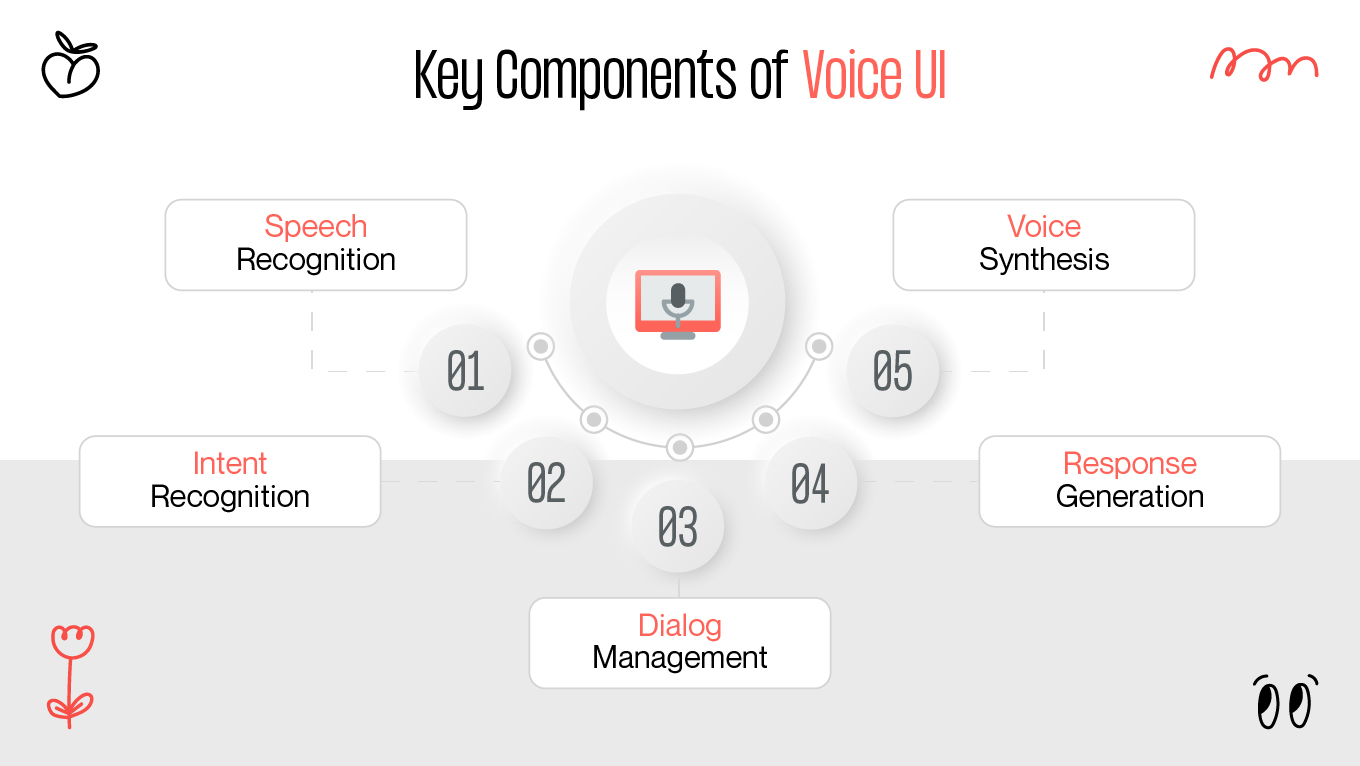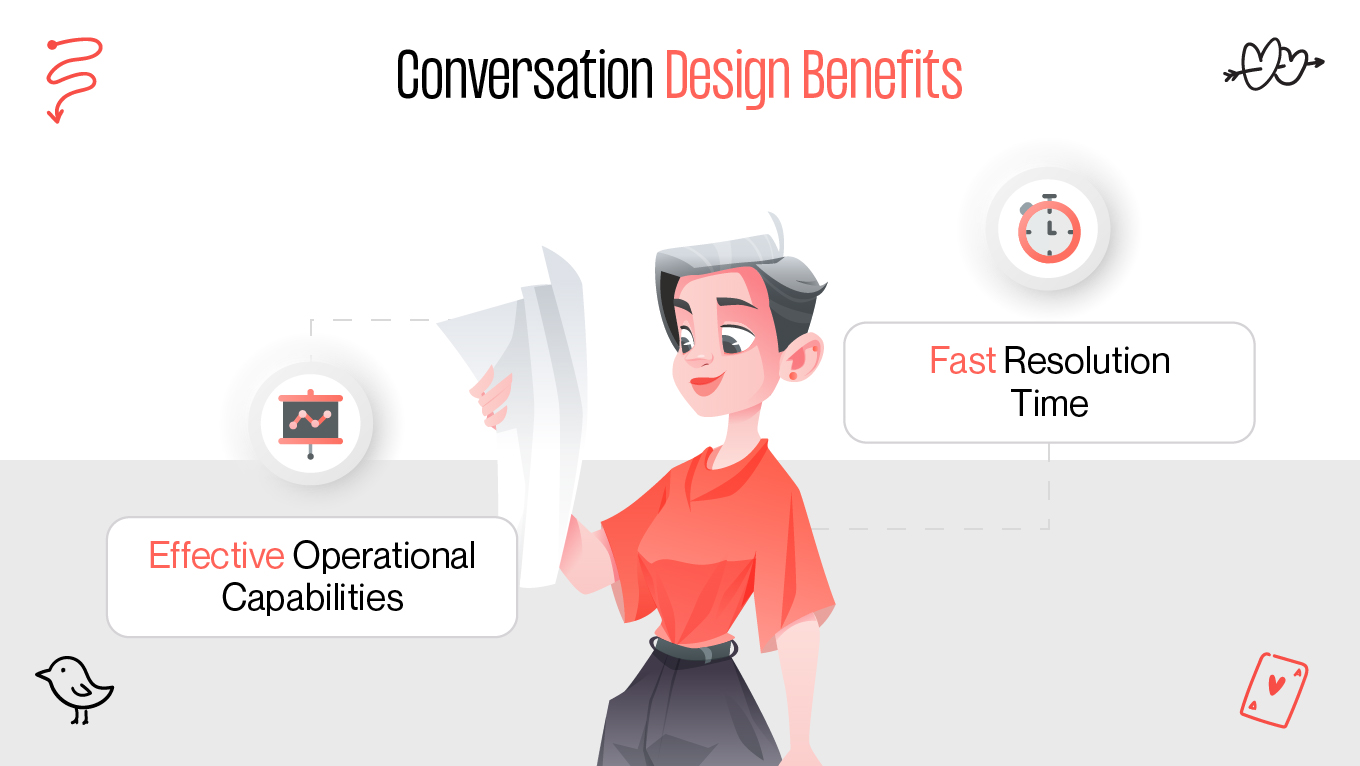Like the majority of people, you have undoubtedly used voice assistants like Google Assistant, Alexa, or Siri without giving them a second thought. However, have you ever pondered how these gadgets are able to comprehend what you're saying?
It's conversational voice UI design. The seamless voice-based interactions we've grown accustomed to are made possible by these technologies.
This post will explain VUIs and conversational design in detail, including what they are, why they are important, and how to incorporate them into your own products.








